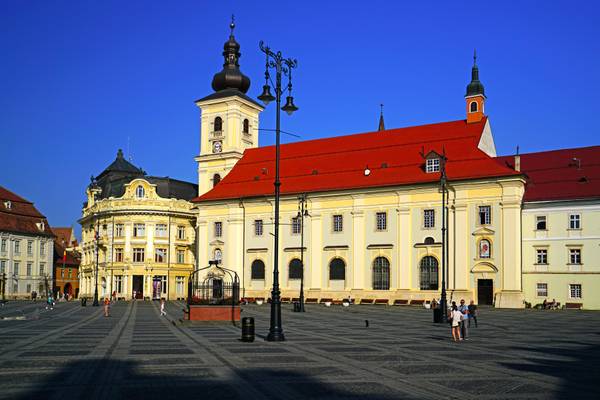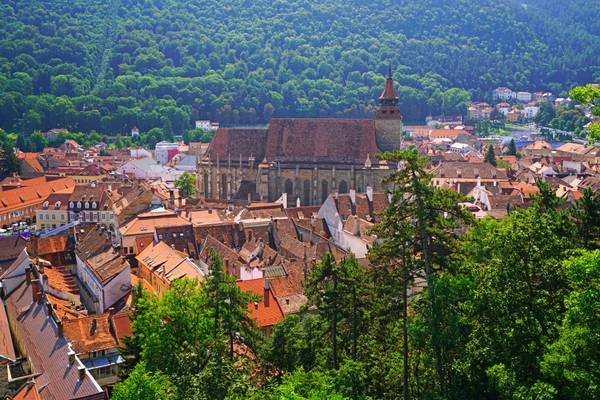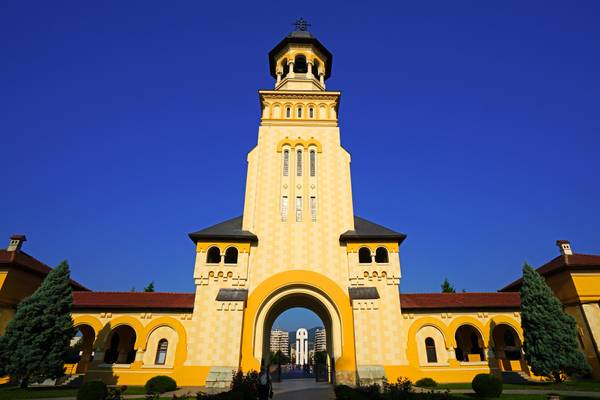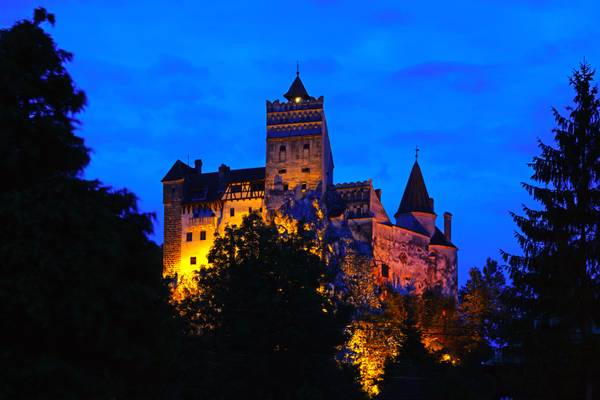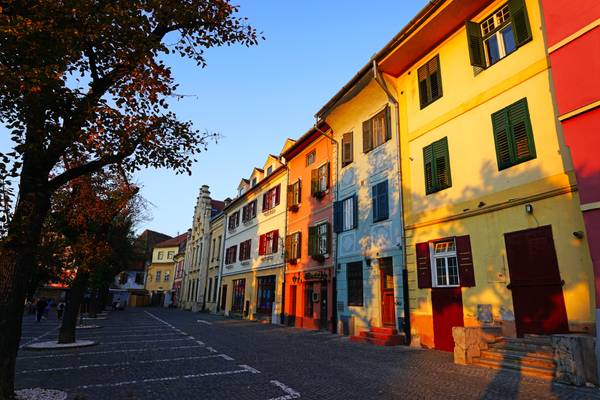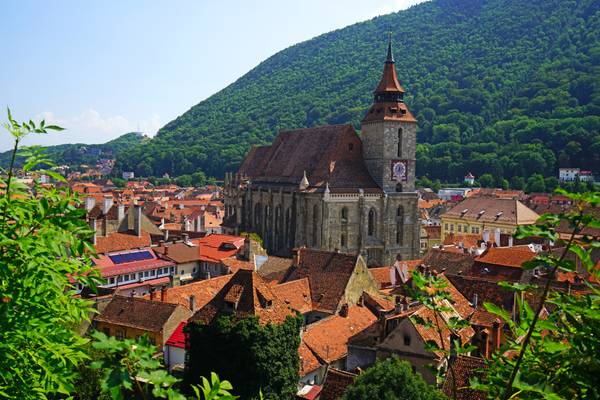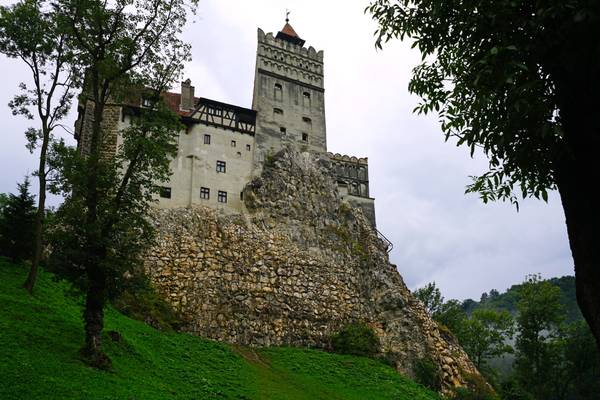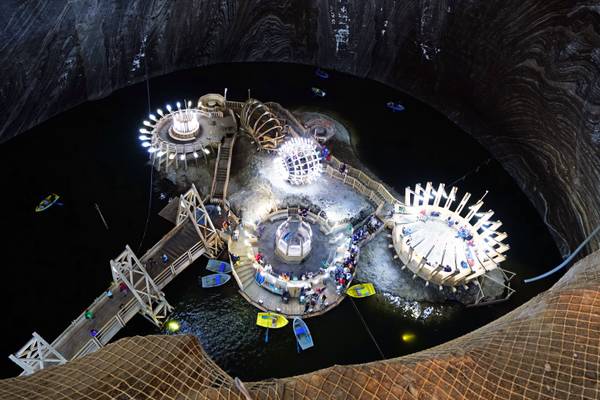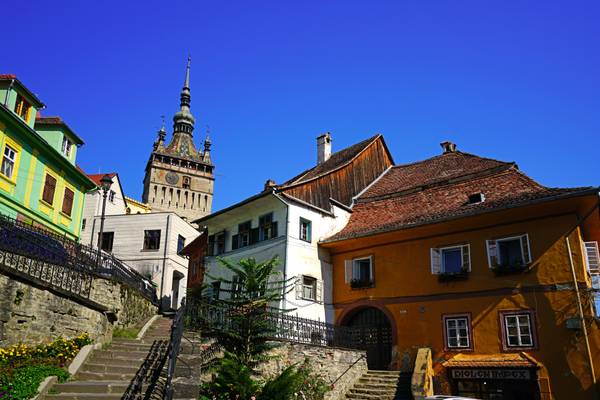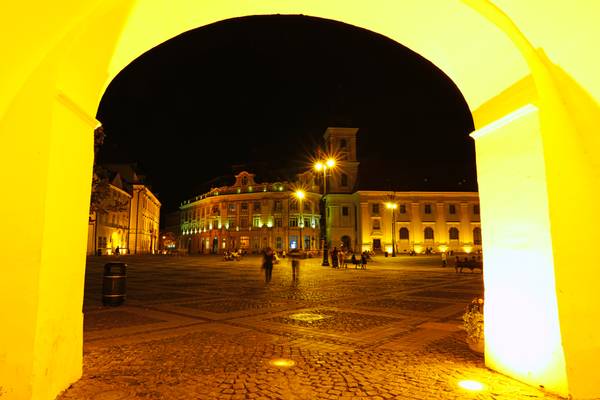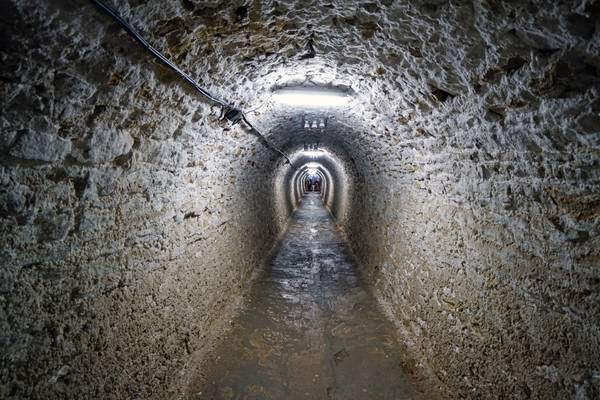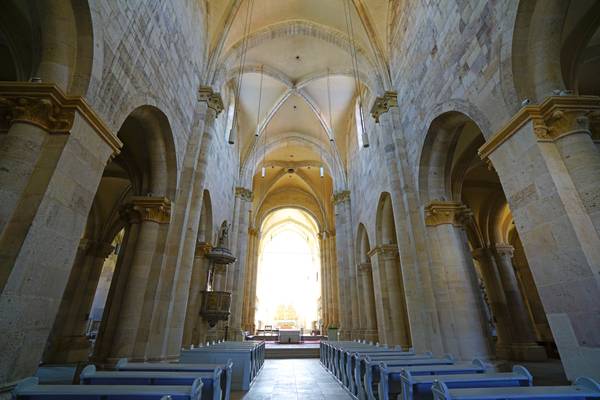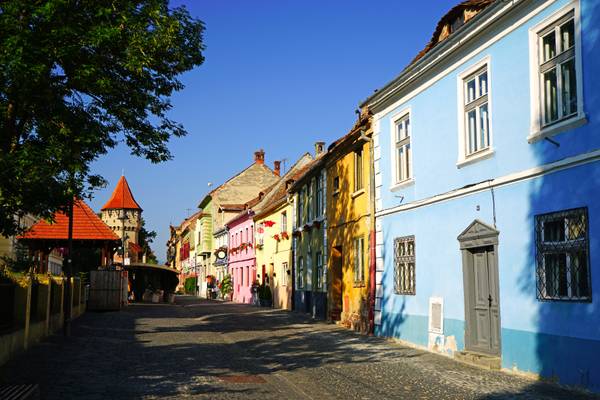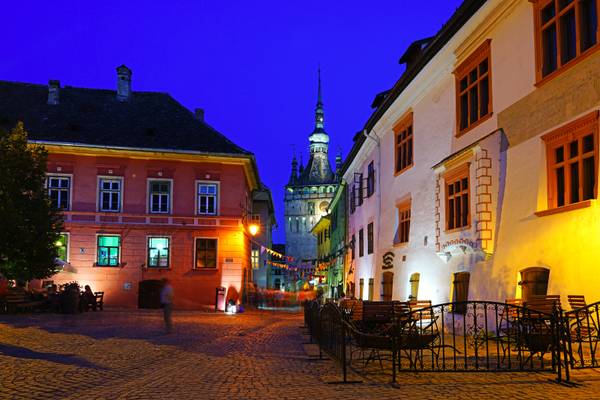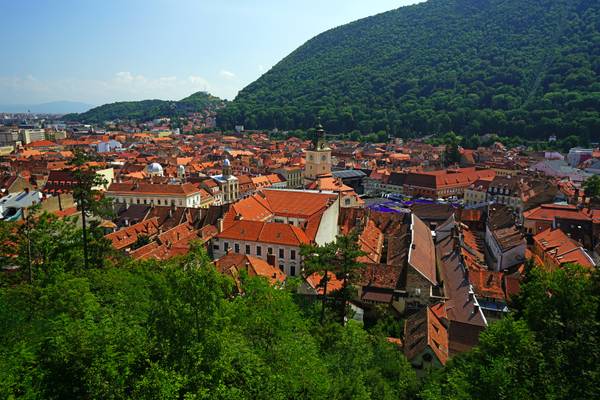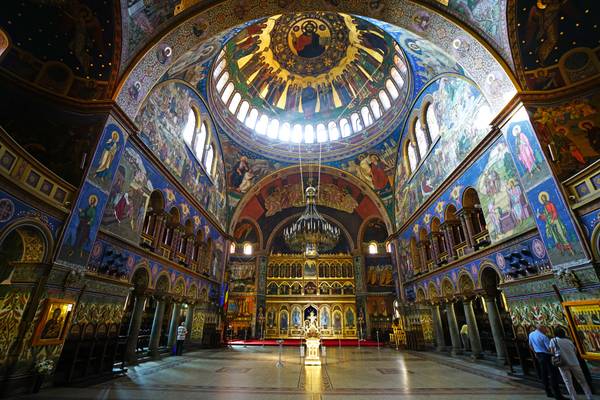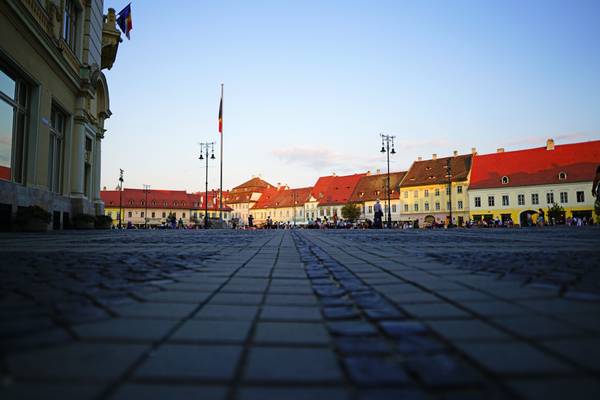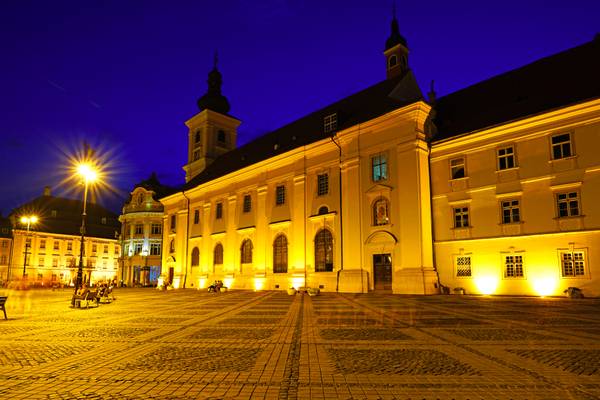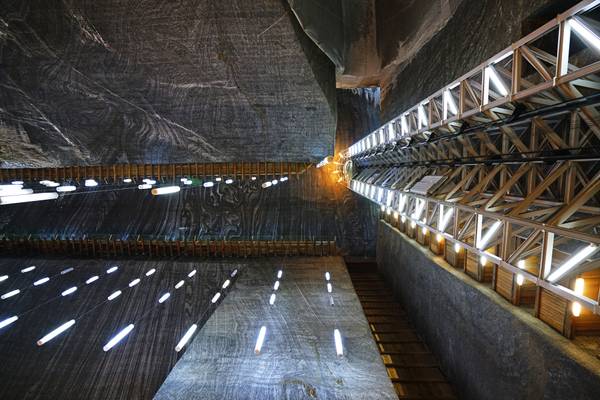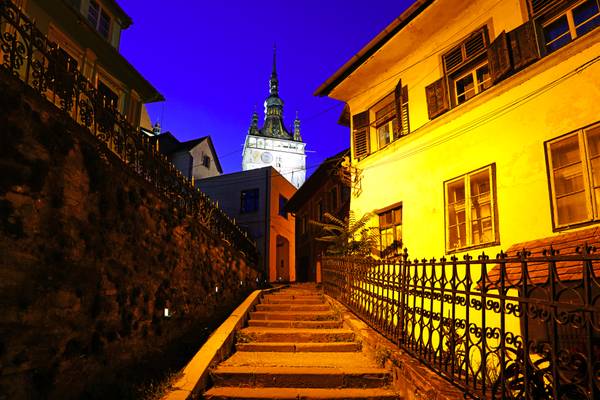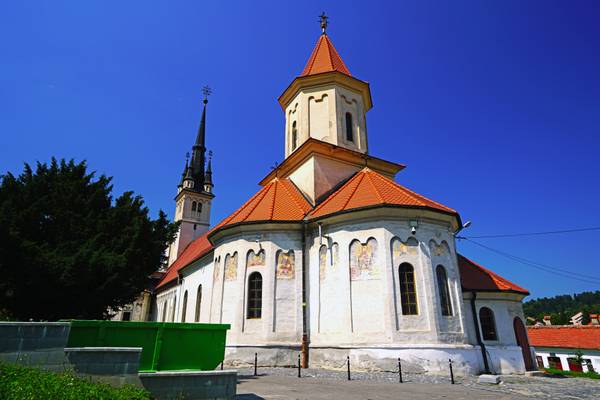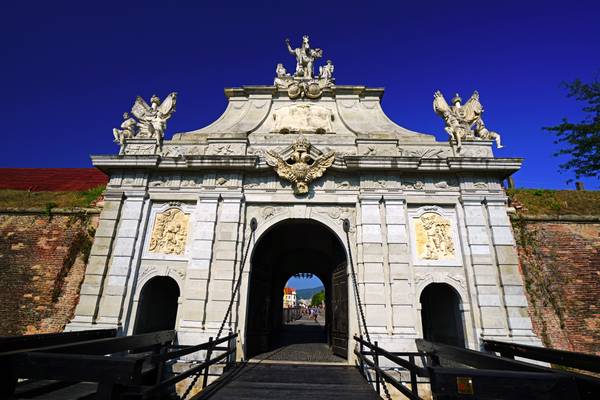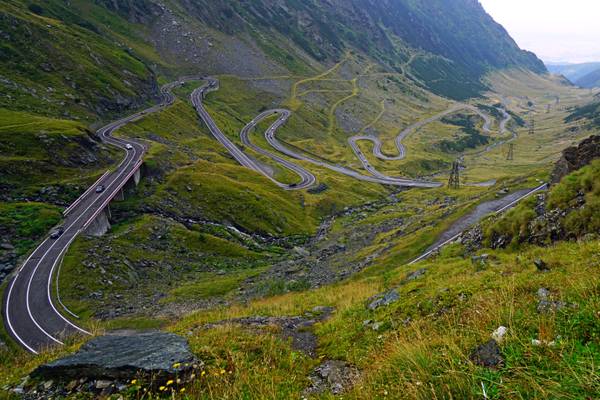
Macroregiunea Unu
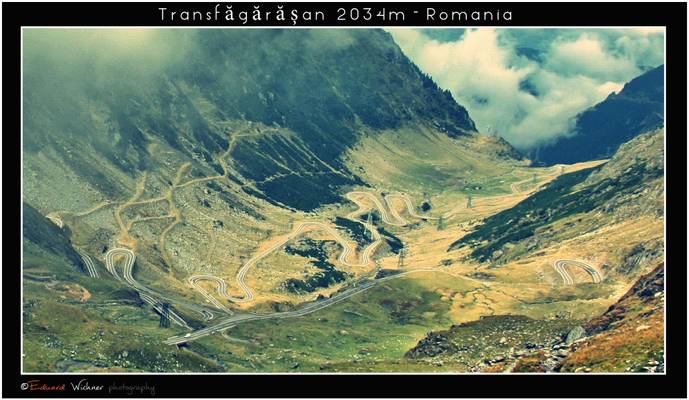
by Eduard Wichner
The Transfăgărășan (trans (over, across) + Făgăraș) or DN7C is the second-highest paved road in Romania. Built as a strategic military route, the 90 km of twists and turns run north to south across the tallest sections of the Southern Carpathians, between the highest peak in the country, Moldoveanu, and the second highest, Negoiu. The road connects the historic regions of Transylvania and Wallachia, and the cities of Sibiu and Pitești. The road was constructed between 1970 and 1974, during the rule of Nicolae Ceaușescu. It came as a response to the 1968 invasion of Czechoslovakia by the Soviet Union. Ceaușescu wanted to ensure quick military access across the mountains in the event the Soviets attempted a similar move into Romania. Consequently, the road was built mainly with military forces, at a high cost both financially and from a human standpoint—roughly 6 million kilograms of dynamite were used on the northern face, and the official records mention that about 40 soldiers lost their lives in building accidents. The road climbs to 2,034 metres altitude. The most spectacular route is from the North. It is a winding road, dotted with steep hairpin turns, long S-curves, and sharp descents. The Transfăgărășan is both an attraction and a challenge for hikers, cyclists, drivers and motorcycle enthusiasts alike. Due to the topography, the average speed is around 40 km/h.
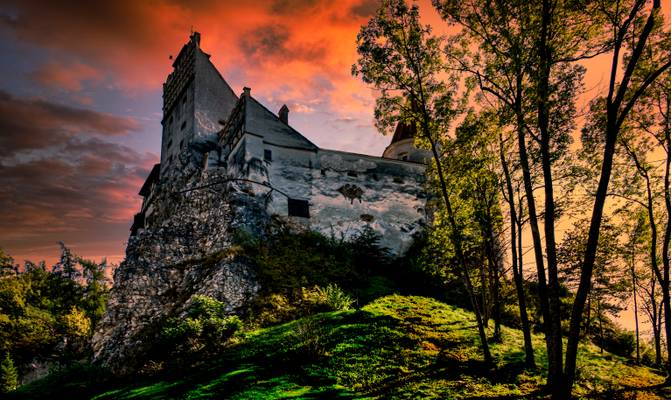
by Dominic Nessi
- Vlad III, commonly known as Vlad the Impaler or Vlad Dracula was Voivode of Wallachia three times between 1448 and his death. He is often considered one of the most important rulers in Wallachian history and a national hero of Romania.
Count Dracula is the title character of Bram Stoker's 1897 gothic horror novel Dracula. He is considered to be both the prototypical and the archetypal vampire in subsequent works of fiction. He is also depicted in the novel to have been the origin of werewolf legends. Some aspects of the character are believed to have been inspired by the 15th-century Wallachian Prince Vlad the Impaler, who was also known as Dracula.
Bran Castle is a castle in Bran, 25 kilometres (16 mi) southwest of Brașov. It is a national monument and landmark in Transylvania. The fortress is on the Transylvanian side of the historical border with Wallachia, on road DN73.
Commonly known outside Transylvania as Dracula's Castle, it is often referred to as the home of the title character in Bram Stoker's Dracula.
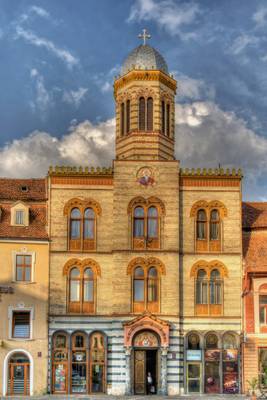
by jim stephenw
Romanian Orthodox Cathedral in Town Square
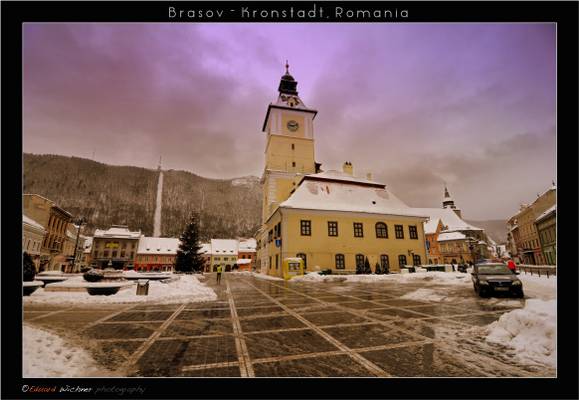
by Eduard Wichner
Explore # 486 on 21st of December 2012 Brasov - Romania

by jim stephenw
Black Church taken from Black Tower!!
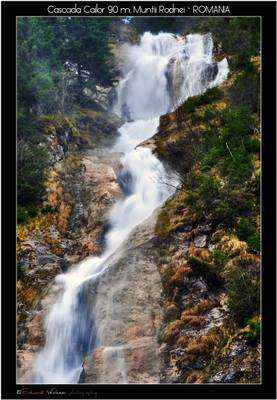
by Eduard Wichner
Cascada Cailor este situată în apropiere de stațiunea turistică Borșa Complex, în partea de NE a Munților Rodnei. Apa adunată într-un circ glaciar se scurge peste un abrupt calcaros numit ˝Podul Cailor˝, în mai multe trepte, rezultând cea mai mare cascadă din România. Se află la altitudinea de 1300 m iar căderea de apă este de 90 metri. Cascada este accesibilă din mai multe direcții, dinspre Borșa-Complex cu telescaunul, sau pe jos, sau dinspre zonele mai înalte ale Munților Rodnei.
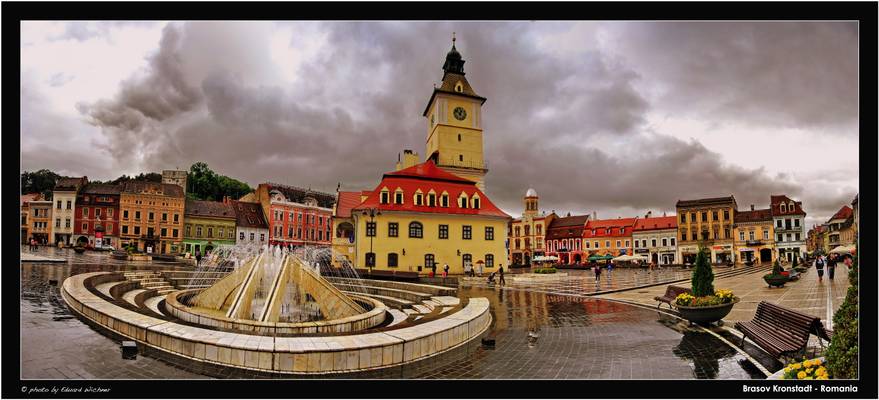
by Eduard Wichner
Brașov (în germană Kronstadt, în maghiară Brassó, în latină Corona; de asemenea pe hărțile vechi trecut Cron∫tadt, Brastovia sau Braßov, în dialectul săsesc Kruhnen, Krűnen, Krînen) este reședința și cel mai mare municipiu al județului Brașov, România. Potrivit recensământului din 2011, are o populație de 227.961 locuitori, fiind unul dintre cele mai mari orașe din țară (totuși în scădere în ultimele două decenii din cauza exodului sașilor și a reducerii activității industriale). Stațiunea de iarnă Poiana Brașov se află la 12 km distanță de centrul municipiului, dispunând de o infrastructură dezvoltată pentru practicarea sporturilor de iarnă. Patron al orașului este considerată a fi Fecioara Maria. Statuia acesteia se află pe unul dintre contraforturile Bisericii Negre, îndreptat spre Casa Sfatului, având stema Brașovului sculptată dedesubt în relief.
Brașovul este cunoscut și datorită Festivalului Internațional „Cerbul de Aur”, ce se ține aproape în fiecare an în centrul orașului. Acesta a avut pe scena sa nume celebre precum Toto Cutugno, Tom Jones, Coolio, Ray Charles, Pink, Kylie Minogue sau Christina Aguilera.
Municipiul Brașov a reprezentat, de secole, unul dintre cele mai importante, puternice și înfloritoare orașe din zonă. Datorită poziției geografice privilegiate și a infrastructurii sale de astăzi, el permite dezvoltarea multor activități economice, culturale și sportive.
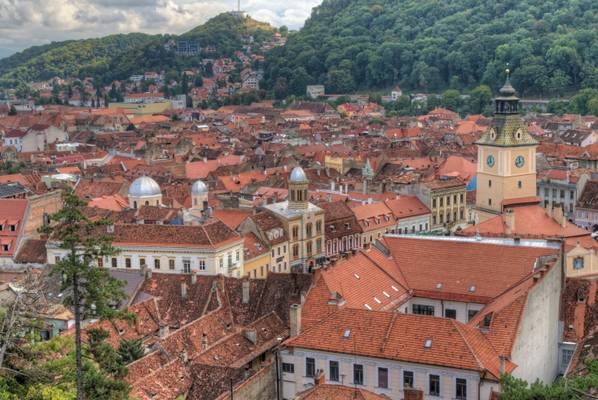
by jim stephenw
Town Square taken from White Tower
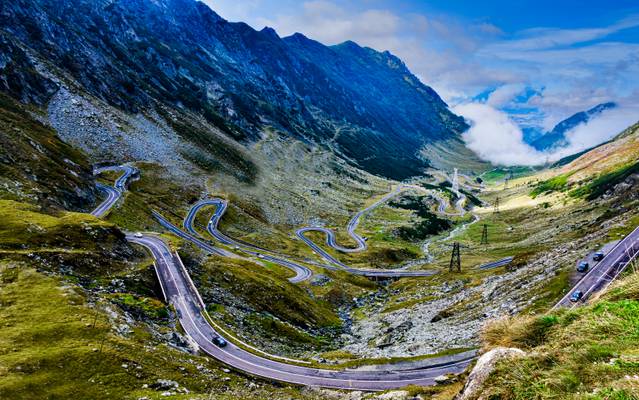
by Dominic Nessi
- The Transfăgărășan or DN7C is a paved mountain road crossing the southern section of the Carpathian Mountains of Romania. It has national-road ranking and is the second-highest paved road in the country after the Transalpina. It starts near the village of Bascov, near Pitești, and stretches 90 kilometres (56 mi) to the crossroad between the DN1 and Sibiu, between the highest peaks in the country, Moldoveanu and Negoiu. The road, built in the early 1970s as a strategic military route, connects the historic regions of Transylvania and Wallachia.
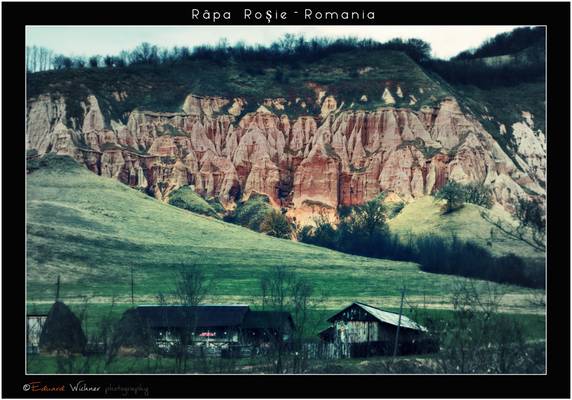
by Eduard Wichner
Râpa Roșie (Romanian for "red ravine") is a protected area, a monument of national interest in Alba County, Romania. It is a geological reserve, located in the extreme southwest of the Secaşelor Plateau on the right bank of the Secașul Mare, about 4 kilometres (2.5 mi) north of Sebeș. It is protected under IUCN Category IV. Erosion and runoff has given it a prominent, sharp rocky appearance in the mountainside. Râpa Roșie measures approximately 10 hectares in size. Râpa Roșie stretches over a length of 800 metres (2,600 ft). Its height measures between 50–125 metres (160–410 ft) (300–425 metres (980–1,394 ft) absolute altitude). A huge wall, almost vertical, gives the impression of a ruined ancestral monument. Tiered columns and pyramids, separated by ravines, form a badlands microrelief. The first report of a Coţofeni culture find at Râpa Roşie was made by Fr. W. Schuster in 1865. It was the first archaeological exploration made by him which revealed remnants of large and small pottery that had ornamentation, which also attested to the Coţofeni culture.

by Eduard Wichner
The Piatra Craiului Mountains are a mountain range in the Southern Carpathians in Romania. In Romanian "Piatra Craiului" means "Prince's Stone".
The Piatra Craiului mountains form a narrow and saw-like ridge, which is about 25 km (16 mi) long. The highest elevation in the massif is the "Vârful La Om" at 2,238 metres (7,343 ft).
The ridge is regarded as one of the most beautiful sites in the Carpathians. The two-day north–south ridge trail is both challenging and rewarding. Starting at either Plaiul Foii in the north-west or Curmătura in the north-east, walkers climb up to the ridge before following a somewhat precarious path along the narrow spine. The descent at the southern end leads into a karst landscape of deep gorges and pitted slopes where water penetrating the rock has carved a series of caves.
Thanks to all Phoide contributors to Macroregiunea Unu!
Most notably Andrey Sulitskiy, Eduard Wichner and jim stephenw.
